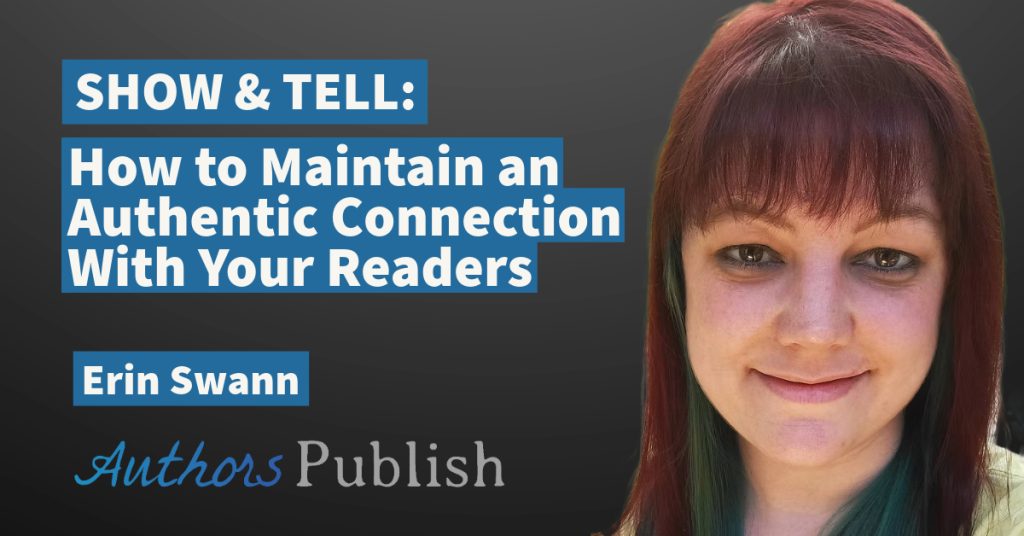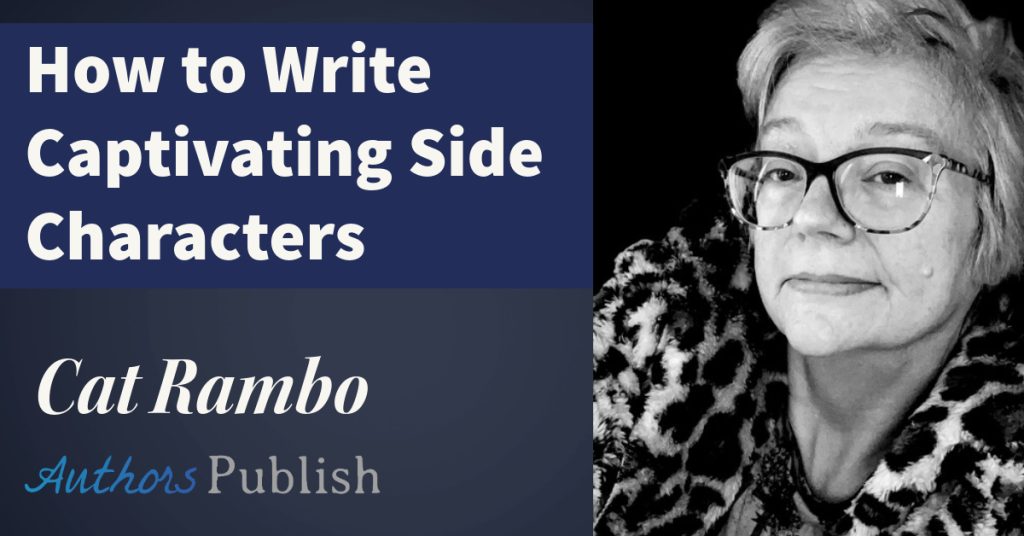There is a dangerous trend happening. Literary journals are charging writers to submit their work.
Last summer we published an article called We Are Taking A Stand Against Literary Journals The Charge Submission Fees. It started a discussion that was picked up all over the web. The focus of the article was on the growing shift towards charging writers a small fee in order to submit their work.
We believe this fee is dangerous. It discourages talented writers from submitting their work to literary journals. It discourages diversity. It makes it impossible for some writers to submit to these journals.
Many writers simply don’t respect literary journals that charge writers. As one of my students said “any journal that charges submission fees is secretly a vanity publisher.” While this may not be true, the perception is there.
However, we do realize that literary journals face substantial financial obstacles and that they are worth supporting. We just do not believe that charging submitters a fee is the right solution. There are various other options that serve the journals, potential submitters, and current readers much better.
The following list is not comprehensive but I try to touch on all the major options and as much as possible I try to use specific journals as examples, that are already using these methods to help support themselves.
I encourage people to submit, subscribe, and support the journals mentioned below. Each of them are managing to improve their financial sustainability without charging fees.
The options aside from the first are in no particular order.
1. Gain a larger readership
To me this is the most important point. If a literary journal has a larger readership it is much easier to support the cost through subscriptions, sponsorships, fundraising, or even the right kind of advertisements. A successful literary journal serves the author more, because there are more readers who will see their work.
Below, I include some of the options literary journals have used to turn submitters into subscribers and readers.
a) Offer incentives for submitters to become subscribers
Gigantic Sequins offers a discounted subscription price for people who are submitting. This has additional benefits beside sa solid readership base. Additionally, if a submitter is a subscriber, they will have a much better idea of what the journal is actually looking for.
b) Hold a contest where the entry fee covers a subscription
Rattle hosts a contest where the entry price is a subscription (non contest submissions are free of charge).
c) Publish notable poems that are freely available
This might seem really obvious, but it is not. Journals that manage to regularly publish interesting and thoughtful poems, such as The Collagist, regularly manage to pull in a much larger readership. I know a number of people who subscribed and submitted to Poetry Magazine for the first time after they published an usual and engaging poem that went viral.
When I submit to a literary magazine I will always try to see if they have any example poems on their website. If they do and I like these poems I am much more likely to subscribe.
2. Don’t use submittable
Submittable, the company most people use now to manage their submissions is expensive for literary journals to use. Yes, managing submissions without it can be harder for blind submissions and other tasks. But it is not that difficult, particularly when starting out.
There are other submissions managers out there that are not as expensive, however email works pretty well. I say this from personal experience. Big academic journals can afford Submittable and might need it, but a lot of other people rely on it even when the service is not required by the amount of submissions they receive.
3. If you charge for most submissions, give a free option
Poetry Northwest allows one free electronic submission a year. 32 Poems allows free electronic submissions from subscribers (not ideal but a step in the right direction). The Missouri Review allows writers to submit by the post for free, and charges only for electronic submissions, which is not ideal, but is better than only charging writers.
PANK has a “tip jar” option where you can pay if you want. Others such as Gulf Stream have “expedited response times” for paying submitters, but still have free submission options for those that are patient. Some journals you can pay a small fee to in order to get personalized feedback on your poem. That can actually be a very helpful option, particularly for new writers.
4. Find sponsors or advertisers
Newspapers and magazines have advertisers but it is far from standard in the world of literary journals. However, some literary journals including Edge and Beloit have advertisements. Neither distract from the journal as a whole, or what they publish. Some literary journals are not quite so good at handling it. Meet for Tea puts advertisements on the same page as poems and short stories, and that is not advisable. Others are sponsored by individuals or organizations.
5. Become an Electronic Publisher
Publishing online should not cost that much money. A lot of publishers are doing a great job. Some of my favorite literary journals are online only or primarily online, including Radar, Menacing Hedge, and Bodega. Online publication can open up other options such as better art, interactive aspects, and audio recordings. Some literary journals have switched from being print to online for financial reasons.
6. Host A Fundraiser
Do a Kickstarter like Going Down Swinging or Two Words For. There are so many websites that help you raise funds right now, and although people can get fatigued by all the fundraising, they will still contribute to a cause that appeals to them.
7. Apply for Grants
Grants for arts organizations are hard to get, but they are not impossible. They help many literary journals get by, and even pay their writers.
8. Offer Other Goods and Services for a Price
Recently the Editor of Barrelhouse Dan Brady wrote an excellent article about the subject matter of surviving, paying their writers, and not charging their readers (which you can read here). In it he mentioned several strategies that Barrelhouse employees including selling books, t-shirts, regional conferences, and online workshops. Other journals including The Doctor T.J. Eckleburg offer online workshops for a price.
In Conclusion
These steps will work better for some literary journals than others. Not every literary journal should survive. If you are the editor of a magazine that doesn’t have readers, funding, or a frugal business plan, and you are relying solely on submitters as a source of income, the journal should probably not continue to operate, unless you are working on figuring out another solution.
I realize that many journals are a passion project and are run by editors who put in a large number of hours and are largely unappreciated. I have nothing but respect for these editors. I also know that many writers put a large amount of time into submitting (not counting the writing and the editing) and charging a small fee in order to consider their work is not the best way to improve the situation.
When deciding whether to charge a fee to submitters, a literary journal is making a decision. They are deciding to sell publication. Their customers are writers. They should be selling art. Their customers should be readers.






